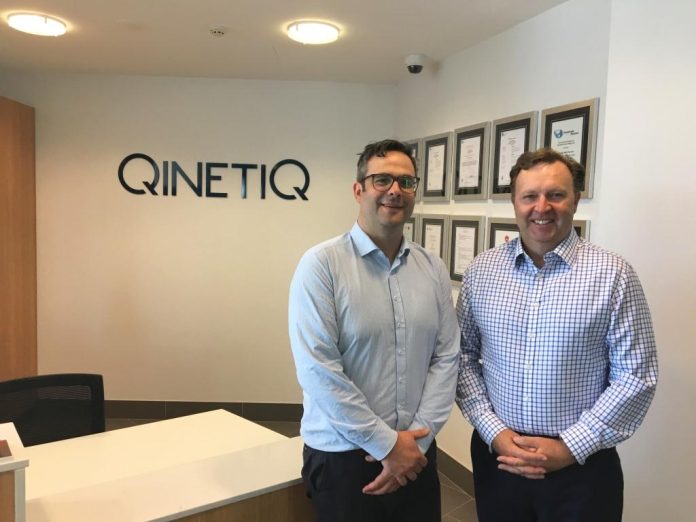
CSIRO has teamed up with technical and engineering services company QinetiQ to develop a technology that will enable submarines to stay submerged longer while using less power.
CSIRO Project Leader Associate Professor Matthew Hill said the project involves developing an advanced crystal technology called MOFs.
“Together, we’ll be testing whether advanced materials known as Metal-Organic Frameworks (MOFs) can allow submarines to remain submerged longer. MOFs have the largest internal surface area of any known substance, which can be optimised to capture gases such as carbon dioxide (CO2),” Mr Hill stated.
“The more CO2 MOFs can capture and store, the longer a submarine can potentially remain underwater, undetected.”
The technology could replace current carbon dioxide scrubbers which are used to remove the CO2 from a submarine’s atmosphere but take up a large amount of the limited space, weight and power available in submarines.
“If proven, MOFs could give Australian submarines an edge: a performance advantage that lets them dive longer while placing less demand on a submarines precious space and weight, as well as critical systems such as power,” said QinetiQ Australia Managing Director Greg Barsby.
“We’re focused on creating real capability gains for the Australian Defence Forces. This project plays to both partners’ strengths, our decades of experience and expertise in submarine operations and atmospheres; plus CSIRO’s unmatched and patented ability to make MOFs in large volumes, cheaply and with great precision.”
If successful, this new technology could form part of the Australian Government’s Future Submarines Program (SEA1000), which involves the design and construction in Adelaide of 12 highly advanced submarines capable of operating independently for up to 80 days.




















